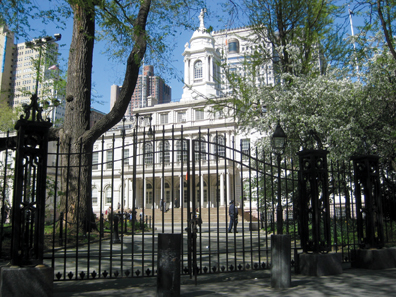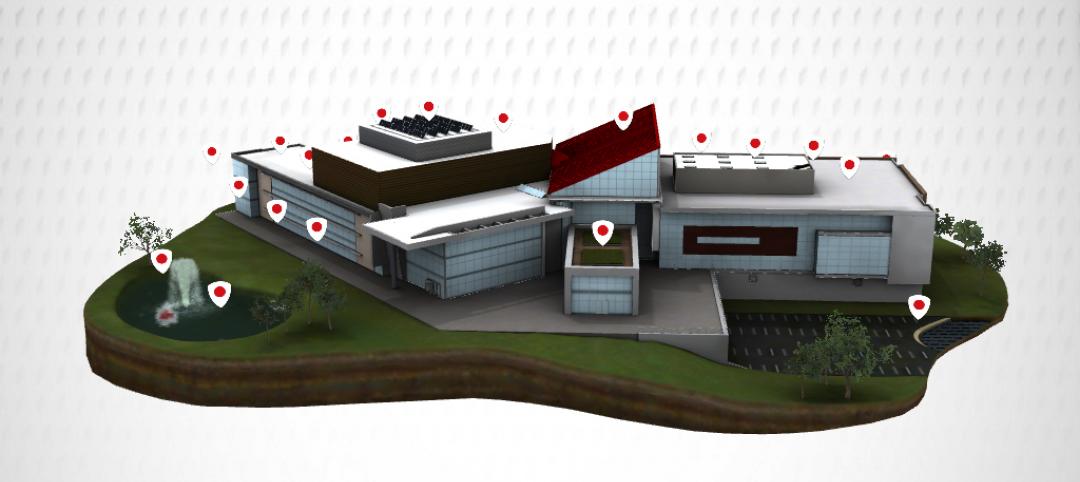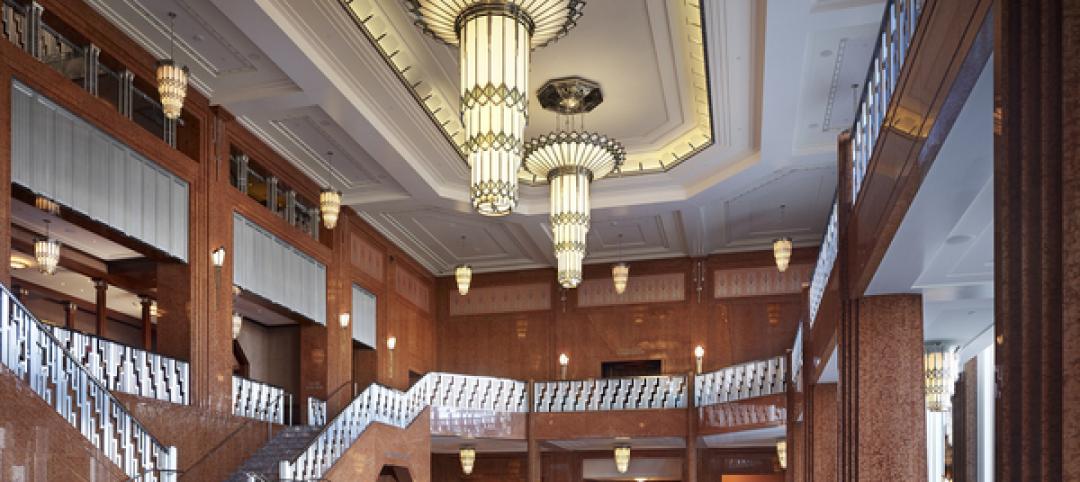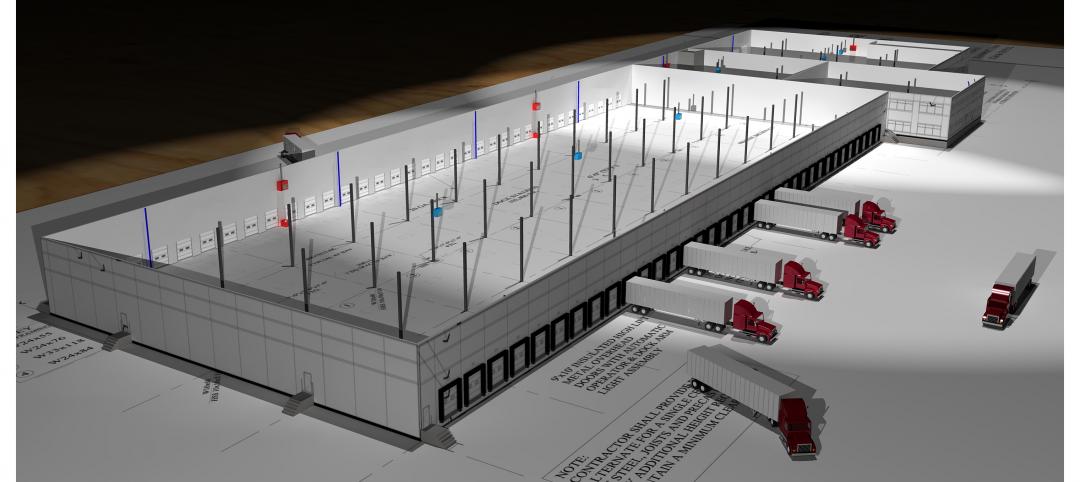Built in 1812, New York’s City Hall ranks among the most important historic buildings in the nation’s most populous and, some would argue, grandest city. With its elaborate furnishings and interiors, invaluable fine arts collection, and gorgeously decorative plaster ceilings, it has been a fitting home to the city’s 108 mayors (including the incumbent, Michael Bloomberg), City Council members, and numerous municipal executive and legislative offices for two centuries. It stands as one of the nation’s oldest city halls still in continuous use.
City Hall last received a major renovation nearly a century ago. Four years ago, a Building Team led by construction manager Hill International took on the monumental task of restoring City Hall for another couple of hundred years of active service.
The job posed some unusual problems. City Hall sits atop four subway lines, which raised concerns about vibration during construction. Both its American Georgian interior and Federal-style exterior have been designated New York City landmarks and are listed on the National Register of Historic Places, making any attempt at restoration a white-glove job. And, as the Building Team would learn, excavation of the site would uncover archeological artifacts whose documentation and preservation had to be completed before work could continue.
PROJECT SUMMARY
CITY HALL
New York, N.Y.Building Team
Submitting firm: Hill International, Inc. (CM)
Owner: New York City Department of Design and Construction
Architect: Beyer Blinder Belle
Structural engineer: Robert Silman Associates
MEP engineer: Lakhani & Jordan
Fire/life safety consultant: Rolf Jensen & Associates
General contractor: Rockmore Contracting Corp. (phase 1); Plaza Construction (phase 2)General Information
Size: 70,000 sf
Construction cost: $93.5 million
Construction time: September 2008 to July 2012
Delivery method: CM at risk
The Building Team also had to contend with the political theatricality of the place—the possibility that at any moment the Mayor might call a press conference that would halt work, or a tour group would come through and interrupt reconstruction activity, or the adjacent park might become the site of a demonstration that could disrupt the delivery of materials. Compounding these logistical issues was a well-publicized fixed date of completion: July 1, 2012, the bicentennial of its original occupancy.
The Hill-led team took on the challenge in bold fashion, starting with the 1903-era ceiling in the 4,050-sf Council Chamber. The 75x54-foot ceiling, with its elaborate oil-on-canvas murals—a central oval panel measuring 40x22 feet surrounded by four 11x11-foot octagonal panels, which are mounted onto the plaster ceiling—towered nearly 29 feet above the floor, complicating the task of restoration.
To enable its team of 11 specialty conservation contractors to execute the work to the level of detail and quality that the project called for, the Building Team erected a temporary “ballroom floor” 11 feet below the ceiling, rather than using scaffolding.
This enabled the conservators to work with much greater precision on the ceiling and allowed them to discover areas of deterioration that might not have been addressed under conventional methods. The canvasses were hand-scraped from the plaster base and removed for off-site refurbishment.
'Trench warefare' in Lower Manhattan
Another massive undertaking involved the revamping of the building’s electrical service. Previously, City Hall obtained its electricity from feeds running from the Tweed Building across the street via an underground tunnel.
To provide City Hall with its own source of electrical service, the Building Team proposed running the electrical feed from a vault located across the street to a newly constructed electrical sub-basement beneath the East Wing. This would require digging an open trench of two thousand linear feet.
Unfortunately, the route of the trench went through a rich lode of archeological artifacts and graves, which meant that work had to be halted with every new discovery. Compounding the problem, the excavation posed a threat to the nearly 300-year-old trees on the park site. The pace of excavation slowed to two feet a day.
Hill International turned for advice to colleagues who were working on local subway projects. They suggested the use of a micro-tunnel boring machine. This device allowed the City Hall team to cut a 32-inch tunnel at a depth of 15 to 20 feet, thereby avoiding any contact with artifacts or human remains. A job that could have taken eight months was completed in three and a half weeks, saving $2-3 million.
Although some work is still proceeding, to date the renovation of City Hall has consumed 2,300,000 man-hours, making it one of the most elaborate reconstruction projects in recent U.S. history.
“This was a very experienced team that executed a spectacular restoration of an important symbol of New York City,” said Reconstruction Awards Honorary Chair Walker C. Johnson, FAIA. “Great attention to detail resulted in an exquisite, newly restored structure.” +
Related Stories
| Mar 30, 2012
18 handy tablet apps for AEC professionals
Check out these helpful apps for everyday design and construction tasks. Our favorite: MagicPlan, which uses GPS to help you measure and draw a floor plan of any room.
| Mar 29, 2012
U.K.’s Manchester Airport tower constructed in nine days
Time-lapse video shows construction workers on the jobsite for 222 continuous hours.
| Mar 29, 2012
Roller shade operating system wins IF Product Design Award
Design experts in the iF jury recognized the engineering invested in the RB 500 Roller Shade, including a metal clutch with a patented construction, a durable zamac housing with polished finish, and a chain drive unit that excels in maximum operating comfort.
| Mar 29, 2012
Lehigh engineering student wins Thornton Tomasetti Foundation Awards Scholarship
The scholarship is awarded annually to a graduate student in structural engineering deemed by the department to have the potential to make an impact in the field professionally.
| Mar 29, 2012
Construction completed on Las Vegas’ newest performing arts center
The Smith Center will be the first major multi-purpose performance center in the U.S. to earn Silver LEED certification.
| Mar 29, 2012
Apartments provide permanent housing for California homeless
Gonzalez Goodale Architects designed complex to embrace community and engender sense of pride among residents.
| Mar 28, 2012
40 Under 40, the Class of 2012
Chosen from 223 applicants, these 40 young AEC professionals represent the Class of 2012 in Building Design+Construction’s “40 UNDER 40” competition.
| Mar 28, 2012
Milestone reached for LEED-certified buildings?
Total number of major global green buildings now stands at 12,000.
| Mar 28, 2012
Holden Cancer Center opens at University of Iowa Hospitals and Clinics
The new cancer clinic provides a significant increase in patient space from the prior facility, which was located in an adjacent building.
| Mar 28, 2012
Meridian Design Build Begins work on 38 acre redevelopment project
The project includes construction of a new 150,585-sf cross dock facility that will include full service truck maintenance and repair bays, a truck wash, and approximately 20,000-sf of corporate office space.

















